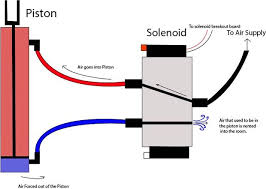In order to transfer products in bulk, Pneumatic Conveying Systems, like the ones from Aptech.uk.com utilises air compression. The term is used to refer to conveyors that transfer particulates through closed ducts.

Pneumatic conveyors, first built in the 1950s, now vary in scale from large bore pipes carrying materials hundreds of yards down to configurations small enough to rest on a desktop in the laboratory. Therefore, pneumatic conveying is a suitable option for companies both large and small. If it is called vacuum conveying, pressure may be used either to blast material through or to suck.
The enclosure protects the substance from pollution and weather and can also protect the atmosphere from spills. The routing is robust, quick to manoeuvre around barriers, and is relatively simple to modify in the future. Continuous long runs are possible if you need to move items from one area along a long distance to another area.

There are few parts, unlike mechanical conveyors, so it is cheaper and less serviceable. Automation is easy to implement and ensures that it is possible to run an entire device from a single control panel.
A vacuum in the pipeline prevents material leaking and is less prone to clumping. Your compressor is situated near the receiver, and the tubing runs may be shorter. In systems that blow, the compressor is near the loader, and it is easier to deliver to multiple locations.



